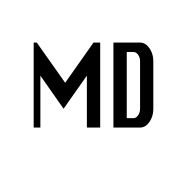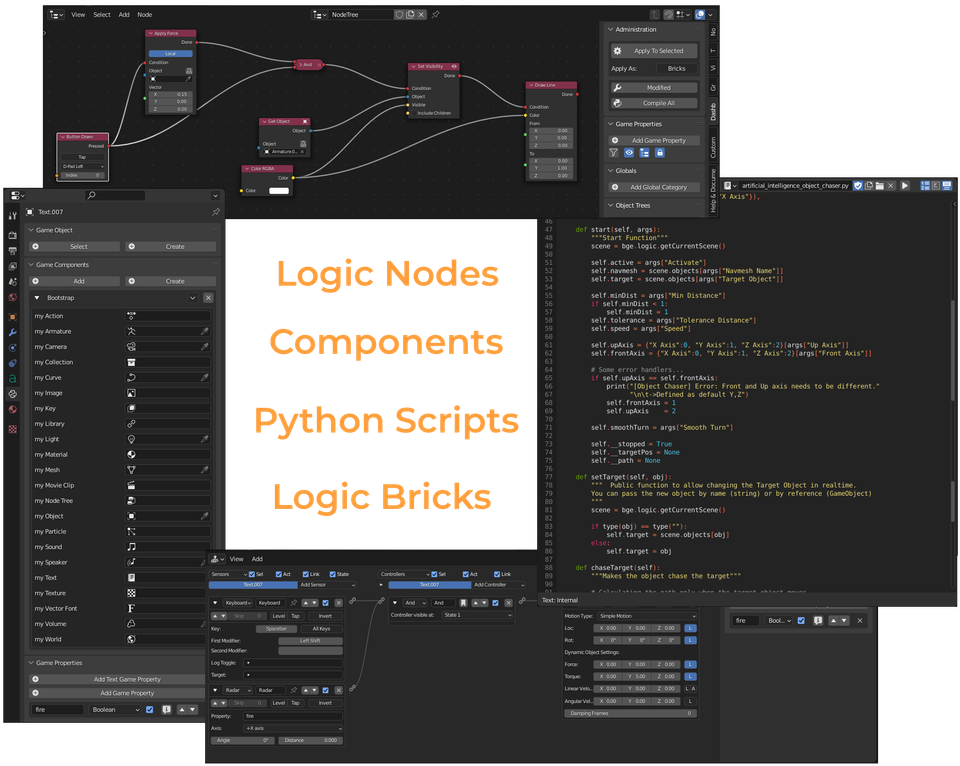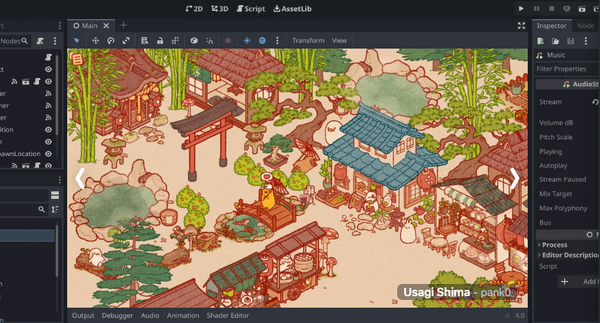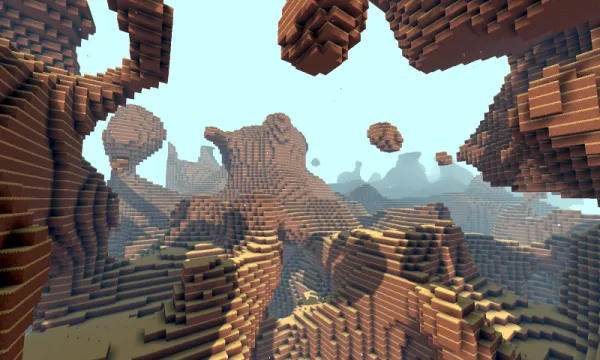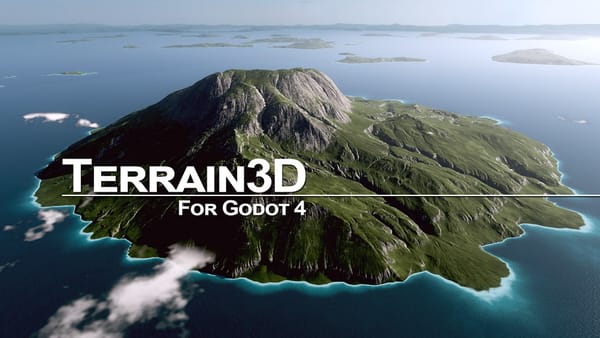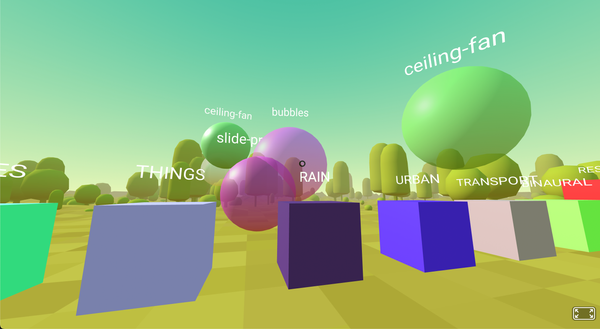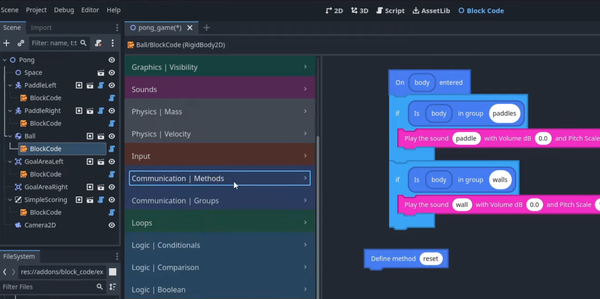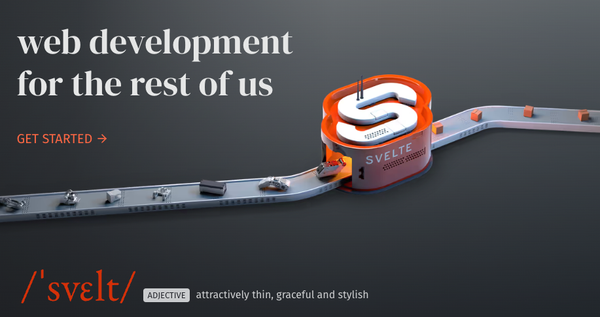UPBGE: Blender as a Game Engine, Why it has a Slow Community ?
Table of Content
At the Global Game Jam, I had this cool conversation with some super talented game designers who were experts at using Blender. As we started chatting about the future of game engines, I was honestly shocked to hear they didn’t know that Blender used to be a game engine. Like, what?! I couldn’t believe it! I mean, how could they not know about this hidden gem? It got me thinking: how many others out there don’t realize that Blender had its own game engine, and that it's still got a successor out there?
Now, while Blender’s game engine (BGE) has been long-dead and buried, there's something called UPBGE that’s sort of resurrected it, and it’s a cool alternative for anyone still looking to build games directly in Blender.
What's UPBGE?
If you're familiar with Blender and its ecosystem, you’re probably already wondering, "What the heck is UPBGE?" Well, it stands for Universal Purpose Blender Game Engine. It’s basically a fork of the old Blender Game Engine, designed to keep the dream alive and give it new life with modern improvements. The best part? If you know your way around Blender, using UPBGE feels like home. It’s very much in line with Blender’s interface and workflow, so you don’t have to constantly switch between different programs to get your game up and running. You’ve got everything you need—physics, logic bricks, and real-time rendering, all under one roof.
Now, I’ve worked on a few game projects in the past, and one of the things I really love about UPBGE is how seamlessly it blends with Blender. If you're an artist who’s used to working in Blender, it’s super easy to dip your toes into game development. You can go from creating 3D models, animations, and textures to actually turning them into a playable game right within the same interface. It’s fast, intuitive, and honestly, a lot of fun to explore.
The Upside and the Benefits
Okay, so what’s the big deal with UPBGE? Well, if you’re already a Blender user, this is like the perfect next step. You don’t need to juggle a bunch of tools or figure out complex workflows between different programs. Python scripting is built right in, so if you’re already writing Python scripts for animation or modeling, you can take those same skills and apply them to your game.
The Blender-UPBGE integration is probably one of its strongest points, and it allows for a smooth, creative workflow.
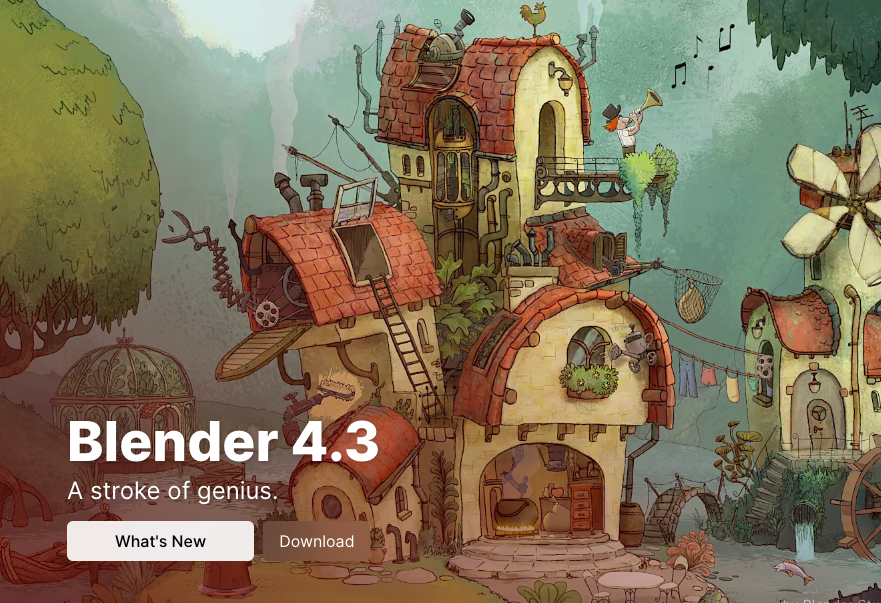
And here’s another thing I love: real-time rendering. If you’re working on a game prototype or just want to see how your changes affect the gameplay, UPBGE lets you do that right on the spot. No need for constant exporting or switching between programs—what you see is what you get.
This is huge for indie developers, especially if you’re trying to move fast with a small team or even solo. It makes prototyping a whole lot easier, and I’ve always appreciated that.
Features of UPBGE!
- Integrated Design in Blender
- No import-export pipeline
- Rapid iteration with instant game feedback (press "P" to start the game)
- Implicit updates with Blender’s new features
- Unified workflow with Blender’s standards
- Graphics
- Real-time rendering using Eevee
- Physically-based rendering (TAA and SMAA)
- Principled BSDF
- Environment lighting and HDRIs
- Screen-space reflections and refractions
- Indirect light through light probes
- Shadows (hard, soft, and contact)
- Subsurface scattering and volume rendering
- Bloom, Volumetrics, and Depth of Field
- HDR color management, tone mapping, and exposure control
- Scripting & Logic Support
- Python scripting for game logic
- Logic Bricks System (no programming required)
- Logic Nodes System (visual scripting)
- Python Components System (modules for game objects)
- Animation System
- Supports keyframes, armatures, shape keys, drivers, actions, and geometry nodes
- Ability to animate almost all properties of objects and materials
- Physics
- Bullet Physics Engine integration
- Supports Rigid, Dynamic, Soft bodies, static objects, and kinematic character controllers
- OpenXR (VR Support)
- VR Scene Inspection add-on (based on OpenXR)
- Scene inspection support with future advanced use cases
- Multiplatform Editor
- Compatible with Windows (64-bit), Linux (x64 & ARM), and macOS (x64 & ARM)
- Small size (~170MB)
- Easy to compile on various platforms
- Navigation System
- State-of-the-art navigation system (based on Recast & Detour libraries)
- Includes navmesh generation toolset
- Audio System
- Uses Audaspace library (high-level audio support)
- 3D audio support
- Filters (low/highpass) and effects (delay, reverse, fading)
- Multiplatform Deployment
- Exports to Windows, Linux, and macOS platforms
The Downside
Now, let’s be real for a second. UPBGE isn’t perfect, and like anything, it has its flaws. For one, the community is nowhere near as big as something like Godot or Unity. That means if you hit a wall or run into a problem, you might find yourself hunting through old forum posts or reaching out to a niche community for help. Not ideal, right? It’s a little harder to find the tutorials or user-generated resources that make learning other engines so much easier.
And honestly, while UPBGE does a lot of things right, it’s still not as feature-packed or polished as other more established engines. It might not be the go-to for a big AAA game, but that’s okay.
If you’re a Blender artist looking to experiment with game development in a lightweight, straightforward way, UPBGE is actually pretty solid. It’s a great fit for small projects, indie games, or just testing out your ideas.
Will UPBGE Attract More Users?
So, will UPBGE ever become the next big thing in the world of game engines? Honestly, I’m not sure. It has potential, for sure, but it’s still got a long way to go before it can rival the community and features of bigger engines. But here’s what I do know: Blender itself has had an enormous impact on the industry. Whether it’s been used for indie games like Yo Frankie! or major films like Next Gen, Blender’s open-source nature has allowed artists to create incredible work without being weighed down by expensive software licenses. That’s pretty powerful.
With UPBGE, there’s a real opportunity for artists who already use Blender to start exploring the world of game development. Imagine a Blender artist turning their 3D models into an actual interactive game.
If more people start using it, and the project gets a little more love from the development community, I could see UPBGE becoming a really strong option for small indie devs who want to build something without getting bogged down by the complexity of other engines.
Blender’s Legacy in the Market
Let’s not forget, Blender has changed the game. It’s been a massive force in the world of 3D modeling and animation, allowing anyone—whether indie creators or big studios—to make world-class content without spending a ton of money. A lot of people have already used Blender to create amazing assets for games and films.
And honestly, I don’t see that slowing down. In fact, with the way the open-source community is growing, Blender’s legacy is just going to keep expanding.
While UPBGE may not be the most widely used game engine, it’s an awesome option for Blender users who want to experiment with game development. I think if more people started getting into it, UPBGE could eventually become a fantastic alternative for indie game devs. I really believe in its potential, and I’m hopeful it’ll grow as more developers get involved and contribute.
So, if you’re a Blender artist who’s ever wanted to dabble in game dev, definitely give UPBGE a shot. It’s a neat, lightweight tool that could open the door to some exciting new projects. Who knows? It might just be the perfect platform to create your next indie game.
